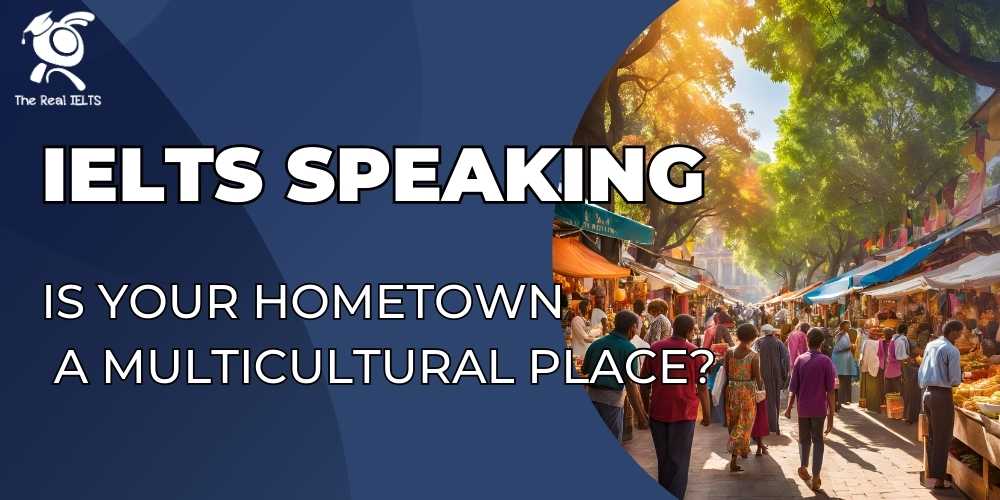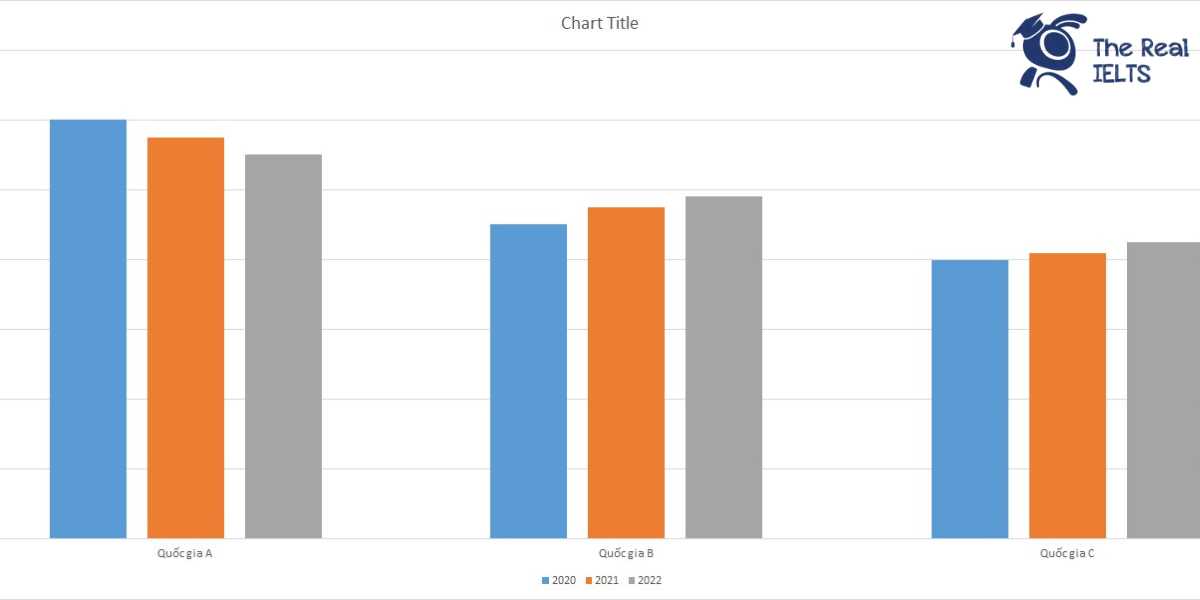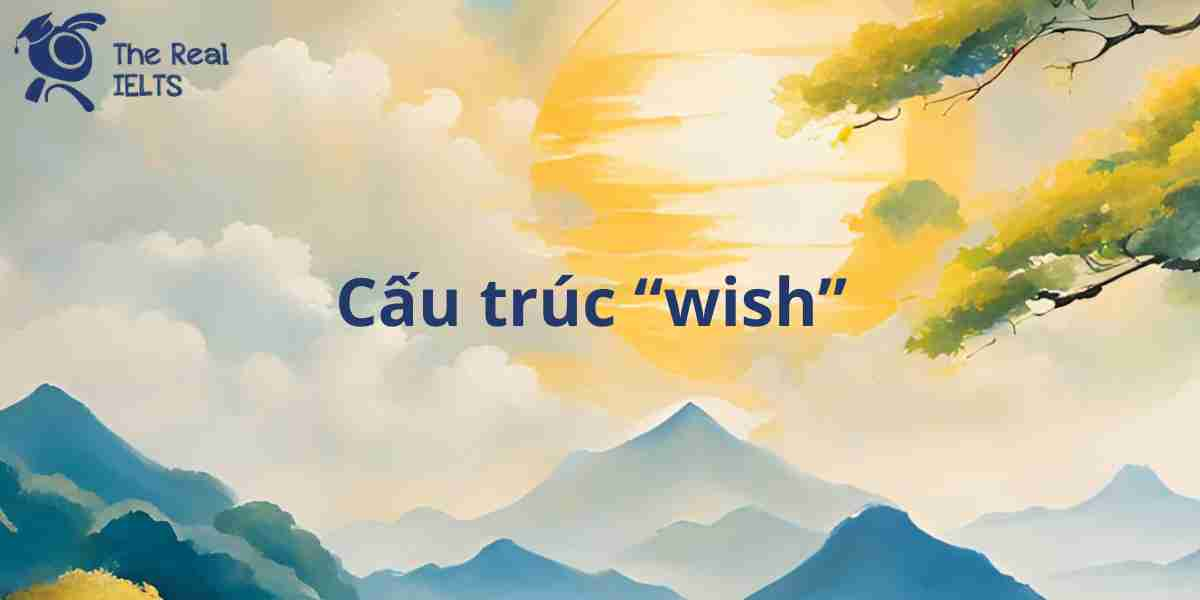IELTS Speaking là một phần quan trọng của bài thi IELTS. Khi nói về việc liệu quê hương của bạn có phải là một nơi đa văn hóa hay không, bạn có thể tập trung vào các khía cạnh như dân cư đa dạng, các sự kiện văn hóa, và sự hòa nhập cộng đồng.
Đọc thêm các bài luyện thi IELTS khác.
Đọc thêm câu hỏi khác tại: IELTS Speaking Part 1: Introduction and Interview chủ đề Your hometown.
Đọc thêm IELTS Speaking: How do people in your hometown feel about the environment?
Câu trả lời cho IELTS Speaking: Is your hometown a multicultural place?
Ví dụ 1:
Introduction:
My hometown is Hanoi, the capital city of Vietnam, located in the northern part of the country. It holds a special place in my heart because it’s where I grew up, surrounded by rich history, vibrant culture, and the warmth of its people. Hanoi is not only the political center of Vietnam but also a cultural hub that reflects the country’s diversity and traditions.
Geographical Description:
Hanoi is a city of contrasts, blending modern urban development with natural beauty. The city is characterized by its numerous lakes, such as Hoan Kiem Lake and West Lake, which provide serene spots amidst the bustling streets. The Red River flows through the city, adding to its picturesque landscape. While Hanoi is mostly flat, the surrounding areas feature lush greenery and mountains, making it a harmonious mix of urban and natural environments.
Cultural Aspects:
Hanoi is indeed a multicultural place. As the capital, it attracts people from all over Vietnam, bringing with them their unique traditions, languages, and customs. The city is home to various ethnic groups, including the Kinh majority and smaller communities like the Tay, Dao, and Hmong. This diversity is reflected in the city’s festivals, cuisine, and daily life.
For example, the Mid-Autumn Festival is celebrated with colorful lanterns and mooncakes, while Tet (Lunar New Year) is a time when the entire city comes alive with decorations, traditional foods, and family gatherings. Additionally, Hanoi’s Old Quarter, with its 36 streets named after the goods once sold there, showcases the city’s historical trade connections with different cultures, including Chinese and French influences.
Historical Background:
Hanoi has a deep historical significance, dating back over a thousand years. It was the capital of Vietnam during the Ly Dynasty and has since been a center of political and cultural life. The city is dotted with historical landmarks, such as the Temple of Literature, Vietnam’s first university, and the Ho Chi Minh Mausoleum, where the country’s founding father lies in rest. The French colonial period also left its mark, with architectural gems like the Hanoi Opera House and St. Joseph’s Cathedral. These sites not only attract tourists but also serve as reminders of Hanoi’s rich and complex history.
Economic Activities:
Hanoi’s economy is diverse, with a focus on industries like technology, education, and tourism. The city is home to many universities and research institutions, making it a center for innovation and learning. Additionally, traditional crafts, such as silk weaving and pottery, continue to thrive, especially in nearby villages like Bat Trang. The tourism industry is also a major contributor to the economy, as visitors flock to explore Hanoi’s historical sites, sample its famous street food, and experience its vibrant culture. These economic activities provide livelihoods for many residents and contribute to the city’s dynamic atmosphere.
Personal Connection:
Growing up in Hanoi, I have countless fond memories of exploring its narrow streets, enjoying bowls of pho at small street-side stalls, and attending festivals with my family. One of my favorite experiences was walking around Hoan Kiem Lake during the weekends, watching people practice tai chi or play traditional games. These moments made me appreciate the city’s blend of tradition and modernity. What makes Hanoi special to me is its ability to preserve its cultural heritage while embracing change. It’s a city that feels both timeless and ever-evolving, and that’s why I feel deeply connected to it.
Conclusion:
In summary, Hanoi is a city of immense cultural diversity, historical significance, and economic vitality. Its unique blend of natural beauty, traditions, and modern development makes it a truly special place. What I love most about Hanoi is its ability to make me feel at home, no matter where I go. It’s a city that has shaped who I am, and I’m proud to call it my hometown.
Ví dụ 2
Introduction:
My hometown is Da Nang, a vibrant coastal city located in central Vietnam. It’s a place that holds great significance to me because it’s where I spent my childhood and where my family still lives. Da Nang is known for its stunning beaches, modern infrastructure, and welcoming atmosphere, making it a city that I’m always proud to talk about.
Geographical Description:
Da Nang is blessed with a breathtaking natural landscape. The city is nestled between the East Sea and the Annamite Range, offering a perfect blend of mountains and coastline. The Han River flows through the heart of the city, adding to its charm. Da Nang is famous for its pristine beaches, such as My Khe Beach, which is often listed among the most beautiful beaches in the world. Additionally, the Marble Mountains, a cluster of five limestone and marble hills, are a distinctive feature that adds a unique touch to the city’s geography.
Cultural Aspects:
Da Nang is a multicultural city, reflecting the diversity of Vietnam’s central region. While the majority of the population is Kinh, there are also communities of ethnic minorities, such as the Cham and Co Tu people, who contribute to the city’s cultural richness. Da Nang hosts several festivals that highlight its cultural diversity, such as the Da Nang International Fireworks Festival, which attracts teams from around the world to compete in dazzling displays. The city is also home to the Cham Museum, which showcases the art and history of the Cham people, an indigenous group with a deep historical presence in the region.
Historical Background:
Da Nang has a rich historical background, particularly as a port city that played a significant role during the colonial era. It was one of the first areas in Vietnam to be colonized by the French in the 19th century. The city also has historical sites like the Linh Ung Pagoda, home to the iconic Lady Buddha statue, and the ancient town of Hoi An, located just a short drive away. These sites reflect the city’s historical and spiritual significance, making it a place where the past and present coexist.
Economic Activities:
Da Nang’s economy is driven by tourism, trade, and technology. The city’s beautiful beaches and cultural attractions make it a popular destination for both domestic and international tourists. In recent years, Da Nang has also emerged as a hub for technology and innovation, with the establishment of high-tech parks and IT companies. Traditional industries, such as fishing and agriculture, still play a role in the livelihoods of many residents, especially in the surrounding rural areas. This economic diversity has helped Da Nang grow into a dynamic and prosperous city.
Personal Connection:
My personal connection to Da Nang is rooted in the memories I’ve made there. I remember spending weekends with my family at My Khe Beach, building sandcastles and swimming in the clear blue water. I also have fond memories of visiting the Marble Mountains with my friends, exploring the caves and enjoying the panoramic views of the city. What makes Da Nang special to me is its balance of natural beauty, cultural heritage, and modern development. It’s a city that feels both familiar and exciting, and I always feel a sense of belonging whenever I return.
Conclusion:
In conclusion, Da Nang is a city that beautifully combines natural wonders, cultural diversity, and economic vitality. Its stunning beaches, historical landmarks, and vibrant festivals make it a unique and captivating place. What I love most about Da Nang is its ability to make me feel at peace and inspired at the same time. It’s not just my hometown—it’s a place that will always feel like home.















